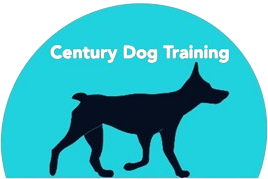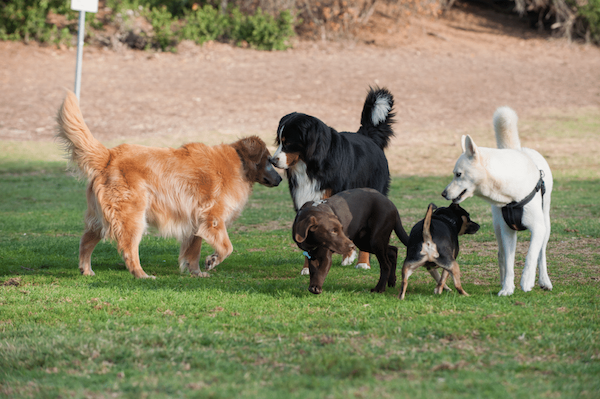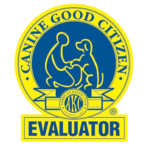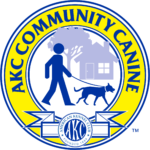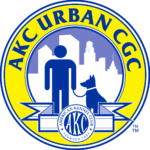A well-socialized dog is a confident, calm, and adaptable companion—one who can handle new environments, people, and situations without fear or overreaction. Whether you’re raising a new puppy or working with an adult dog, socialization plays a vital role in shaping your dog’s behavior and overall well-being.
But socializing your dog isn’t as simple as just exposing them to everything at once. It requires patience, observation, and a thoughtful approach. In this guide, we’ll walk you through what dog socialization really means, when to start, how to do it right, and what pitfalls to avoid.
What Is Dog Socialization?
Socialization is the process of gently and gradually introducing your dog to a wide range of experiences so they can learn to navigate the world with confidence. This includes interactions with people, other dogs, animals, sounds, objects, and environments.
There are different aspects of socialization, and each plays a role in your dog’s comfort and behavior:
- Human socialization: Meeting people of different ages, appearances, and movements (e.g., children, people in wheelchairs, people wearing hats).
- Dog socialization: Interacting with and observing other dogs of various breeds, sizes, and temperaments.
- Environmental socialization: Getting used to noises (thunder, vacuums, traffic), surfaces (gravel, hardwood, grass), and new places (parks, stores, cars).
When dogs are well-socialized, they are more adaptable and less likely to react with fear, aggression, or anxiety when faced with something new. Without proper socialization, a dog may become timid, overly excitable, or reactive in unfamiliar situations.
When to Start Socializing Your Dog
The ideal time to begin socialization is during the puppy stage—specifically between 3 and 14 weeks of age. During this period, puppies are naturally curious and open to new experiences, making it easier to build positive associations. Exposing a puppy to a variety of sights, sounds, and interactions early on lays the foundation for a well-rounded adult dog.
However, socialization shouldn’t stop after puppyhood. Adult dogs benefit from continued exposure to new situations throughout their lives. If you have an older dog or a rescue who missed early socialization, don’t worry—it’s never too late. While it may take more time and care, adult dogs can still learn to feel safe and confident in new situations.
When working with older dogs, especially those with a history of fear or trauma, it’s important to move at a slower pace and keep experiences positive and non-threatening. You may need to undo some negative associations first, which makes patience and consistency even more important.
How to Introduce New Experiences Safely
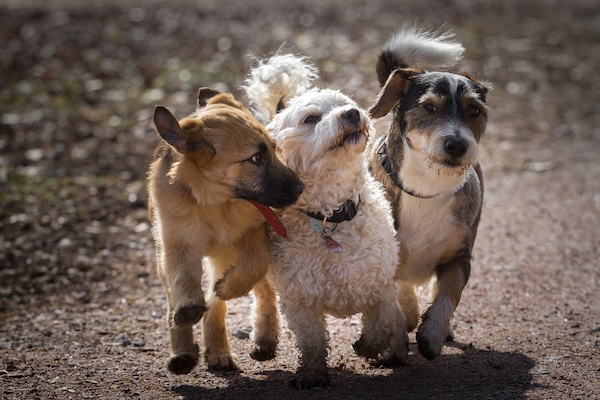
The goal of socialization is to help your dog associate new experiences with safety and positivity—not overwhelm them. That’s why it’s critical to introduce new stimuli in a calm, controlled, and gradual manner.
Start with low-stress environments and slowly increase the level of distraction and stimulation. For example, you might first introduce your dog to a quiet park during off-peak hours before progressing to busier areas.
Watch for signs of your dog’s comfort level:
- A relaxed body, soft eyes, and gentle wagging tail indicate they are at ease.
- Tense muscles, tucked tail, yawning, licking lips, or trying to move away may signal stress or discomfort.
If your dog seems overwhelmed, don’t force the situation. Instead, calmly remove them from the environment and try again later at a lower intensity..
Socializing with Other Dogs and People
One of the most important parts of socialization is teaching your dog how to interact politely with other dogs and humans. But this should be done carefully and intentionally.
When introducing your dog to other dogs:
- Choose a calm, well-socialized dog.
- Use neutral territory (like a park) instead of your home or the other dog’s territory.
- Allow both dogs to approach at their own pace—don’t force contact.
- Watch for appropriate play signals (loose body, play bows, gentle mouthing) and be ready to interrupt if one dog becomes overwhelmed.
Avoid overwhelming settings like busy dog parks. They can be overstimulating or scary—especially if there are dogs with poor social skills or no supervision.
It is important to remember that your puppy doesn’t need to interact with every dog. Even just observing other dogs can be a great socialization experience. Allowing your puppy to observe but not greet a strange dog can also prevent over excitement when meeting dogs in the future.
When introducing your dog to people:
- Let your dog approach on their own terms—never force greetings.
- Ask people to stand sideways and avoid direct eye contact if your dog seems nervous.
- Keep interactions short and positive. Reward your dog for calm behavior near new people.
Early and positive introductions teach your dog that other dogs and humans aren’t threats and help reduce reactivity in the long run.
Common Mistakes to Avoid During Socialization
Effective socialization doesn’t mean exposing your dog to as much as possible as fast as possible. Rushing the process or skipping critical steps can create setbacks or even cause behavioral issues.
Here are some common mistakes to watch out for:
- Overexposure: Pushing your dog too quickly into overwhelming situations (e.g., large crowds, noisy environments) can lead to fear and reactivity rather than confidence.
- Forced interactions: Dragging your dog toward people or other dogs they don’t want to greet can break trust and increase anxiety.
- Ignoring stress signals: Subtle signs of discomfort—like lip licking, yawning, or turning away—are often missed. Responding to these signs shows your dog that you’re a safe and attentive partner.
- Inconsistency: Infrequent or unpredictable socialization efforts may prevent your dog from forming lasting positive associations.
- Lack of variety: Only exposing your dog to one type of person, dog, or environment limits their adaptability. The more variety, the better.
Remember: socialization is about quality, not quantity. Focus on creating a few successful, positive experiences at a time rather than rushing through many.
How to Maintain Socialization Over Time
Socialization isn’t something you check off a list—it’s a lifelong process. Dogs need ongoing exposure to new environments, people, and situations to remain confident and well-adjusted.
You can incorporate socialization into your routine in simple ways:
- Take walks in different neighborhoods.
- Invite friends over to practice calm greetings.
- Bring your dog on errands to pet-friendly stores.
- Visit dog-friendly cafes or patios.
- Take regular trips to local parks or trails.
Continually reinforcing positive behavior in new settings ensures your dog stays flexible and responsive. For dogs who were well-socialized early on, maintenance can be as simple as continuing to expose them to a variety of settings with praise and rewards.
And for dogs who are still learning to trust the world around them, regular, small wins can lead to big gains over time.
Conclusion
Socializing your dog is one of the most important investments you can make in their long-term happiness and behavior. It’s not just about getting along with other dogs—it’s about helping your dog feel confident in a world full of unfamiliar people, places, and situations.
Whether you’re working with a new puppy or an adult rescue, it’s never too early—or too late—to begin. With patience, consistency, and a commitment to positive reinforcement, you can guide your dog through new experiences with confidence and compassion.
A well-socialized dog is a joy to live with, easier to train, and more welcome in a wide range of environments. Start today, take it one step at a time, and you’ll help your dog build the foundation they need to thrive.
